Kazakhstan’s Karabatan Onshore Processing Facility, part of the North Caspian Project, exemplifies cutting-edge engineering in one of the world’s most challenging onshore environments.
Developed under the North Caspian Production Sharing Agreement (NCPSA), this facility processes hydrocarbons from the Kashagan field, one of the largest oil discoveries in recent decades. The project holds an estimated 9–13 billion barrels of recoverable oil, with infrastructure connecting offshore “D Island” to the Karabatan onshore plant via twin 95-km pipelines.
Key Stakeholders and Infrastructure
The project is managed by the North Caspian Operating Company (NCOC), a consortium including KazMunayGas, Eni, Shell, ExxonMobil, TotalEnergies, CNPC, and INPEX. The Karabatan plant is central to processing sour gas and crude oil from the Kashagan field, which lies 4,200 meters below the seabed and faces extreme pressures (40–80 MPa) and corrosive hydrogen sulfide (H₂S) sour gas content
Engineering Solutions for High-Pressure Systems
To manage the high-pressure environment of the North Caspian Project, specialized onshore machining and bolting technologies play a critical role in maintaining pipeline integrity, flange connections, and bolted joints.
On-Site Modifications (Pipe Cutting & Beveling Machines)
Pipeline systems in onshore facilities undergo continuous stress due to high internal pressure and temperature fluctuations. In the Kashagan field, pipe cracks or misalignments can create stress concentration points, increasing the risk of cracks under uniform loading. Cold cutting and precision beveling machines enable:
- Exact weld-prep geometries to prevent pressure inconsistencies.
- Elimination of heat-affected zones (HAZ) that could weaken metal integrity.
- Minimal downtime and safe modifications in explosive environments.
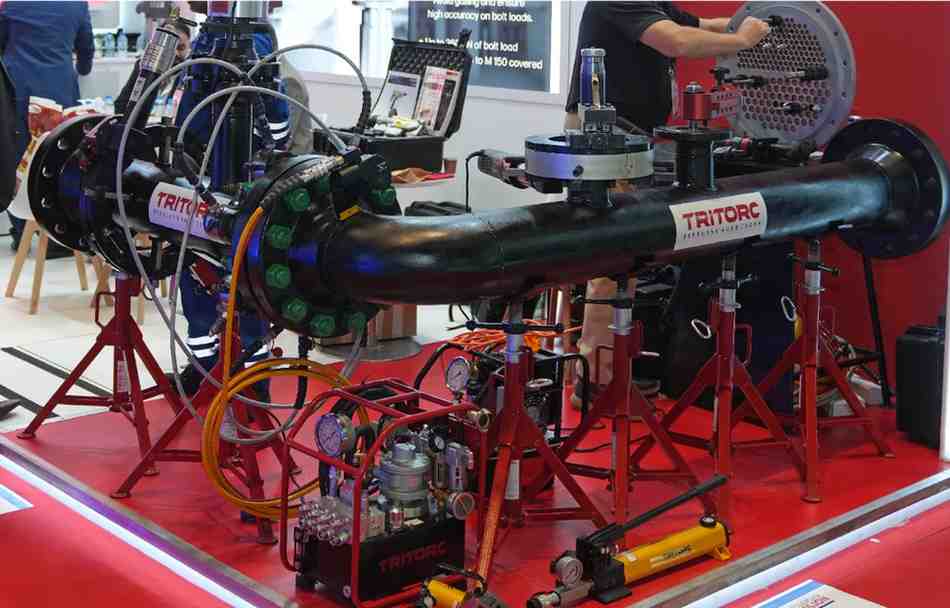
Proper Sealing of Critical Connections (Flange Facing Machines)
Flange joints in high-pressure pipelines must maintain zero leakage to prevent hydrocarbon release. However, changes in internal pressure and environmental factors degrade metal surfaces over time.
Uneven flange faces create gasket misalignment, leading to microscopic leak paths that expand under pressure cycling. Precision flange facing ensures:
- Uniform gasket seating stress for high-integrity seals.
- Reduced risk of blowouts and fugitive emissions.
- Extended equipment lifespan by preventing metal fatigue and corrosion.
For facilities like NCOC’s onshore platforms, maintaining flange integrity is essential to meeting strict safety regulations and preventing shutdowns.
Securing High-Load Joints (Hydraulic Torque Wrenches & Bolt Tensioners)
Bolted joints in onshore structures experience dynamic loads, vibration, and pressure variations. A single improperly tightened bolt in a pressure vessel or riser flange can cause joint relaxation or catastrophic leaks. Achieving consistent bolt preload is crucial for:
- Preventing flange separation under thermal expansion/contraction.
- Ensuring uniform load distribution across bolted connections.
- Enhancing joint integrity in heat exchangers and critical piping systems.
Hydraulic torque wrenches and bolt tensioners enable precise, repeatable forces to secure joints without inducing stress concentrations.
Future Expansion and Sustainability
- CC01 Compression Project:
- Approved in 2016, this expansion aims to increase Phase 1 production to 450,000 barrels/day via offshore gas compression.
- Kalamkas-Sea & Khazar Field Integration:
- Joint development studies target 67 million tonnes of oil and 9 b.c.m. of gas, leveraging shared infrastructure for cost efficiency.
- Environmental Targets:
- Reduce flaring and wastewater violations through advanced monitoring and stakeholder engagement.
The Karabatan NCOC onshore project underscores the complexity of managing high-pressure, sour hydrocarbon processing in harsh environments. By integrating corrosion-resistant pipelines, precision bolting technologies, and sustainable gas re-injection systems, NCOC aims to balance production growth with environmental stewardship. As Kazakhstan’s energy sector expands, the lessons from Karabatan will shape future onshore developments in the Caspian region.
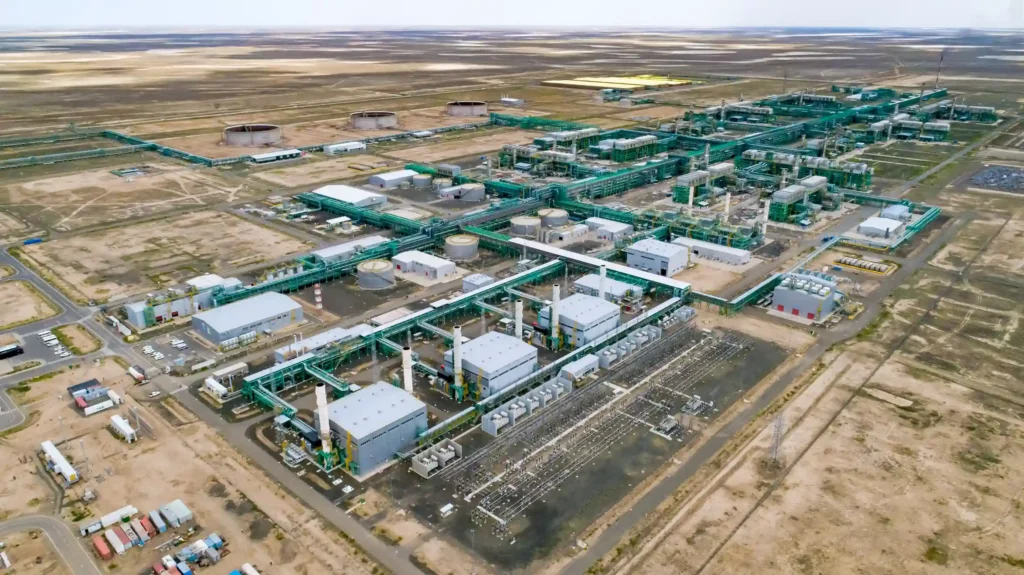
References:
1. https://www.ncoc.kz/en/sustainability/2017/reports
2. https://www.nsenergybusiness.com/projects/kashagan-oil-field-development/
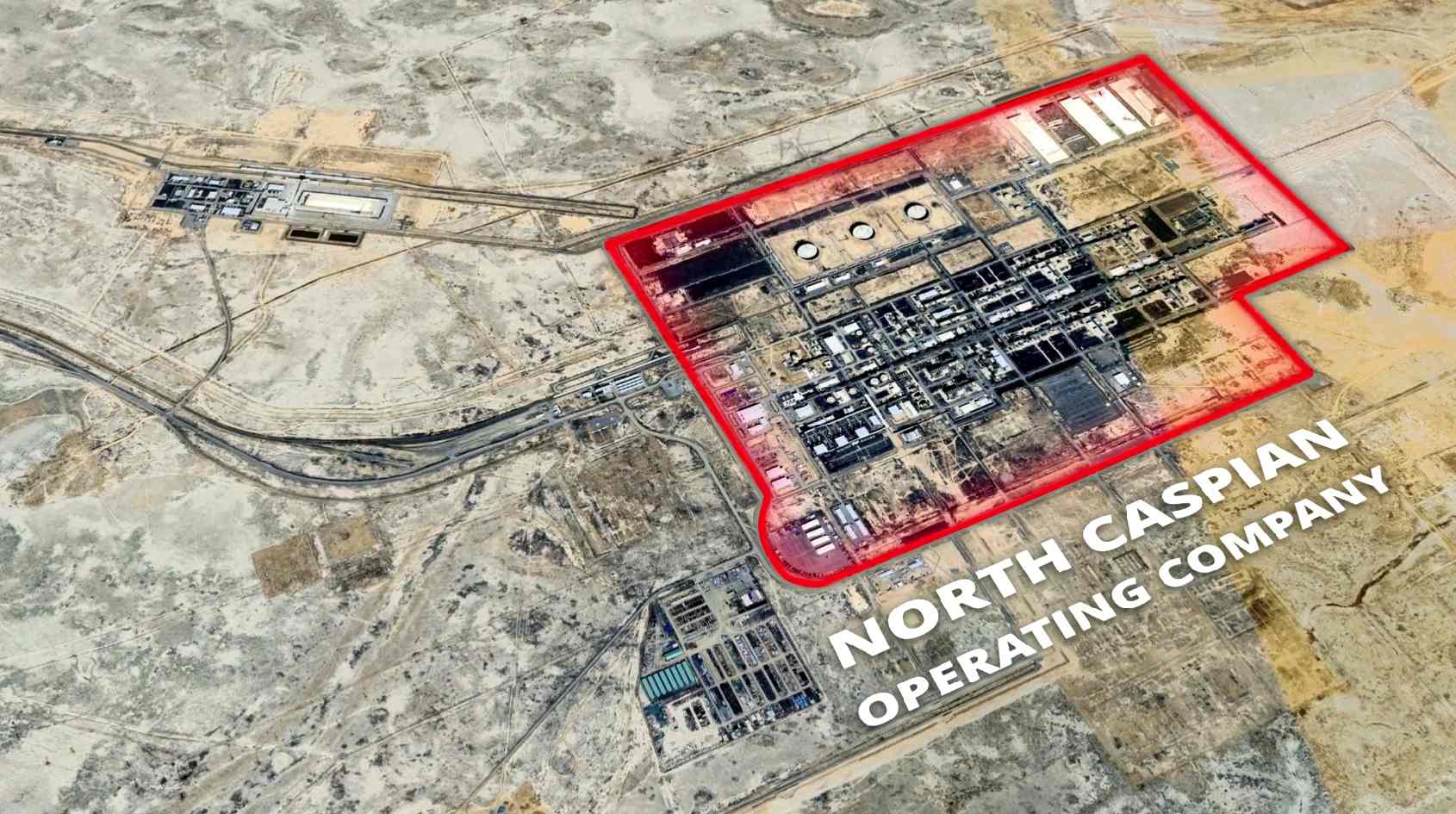
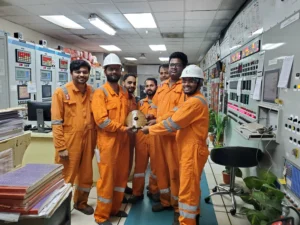
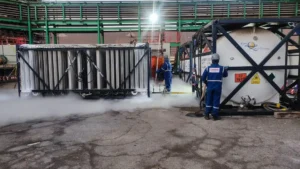
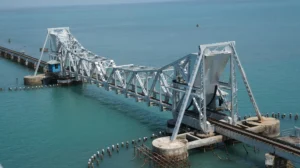
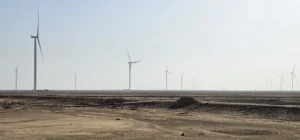
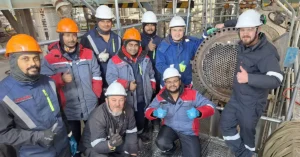
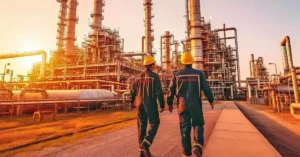
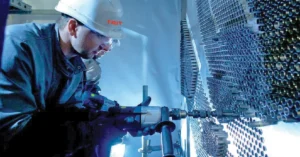
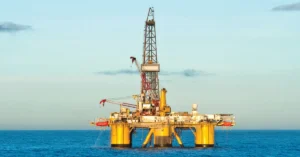
Leave a Reply